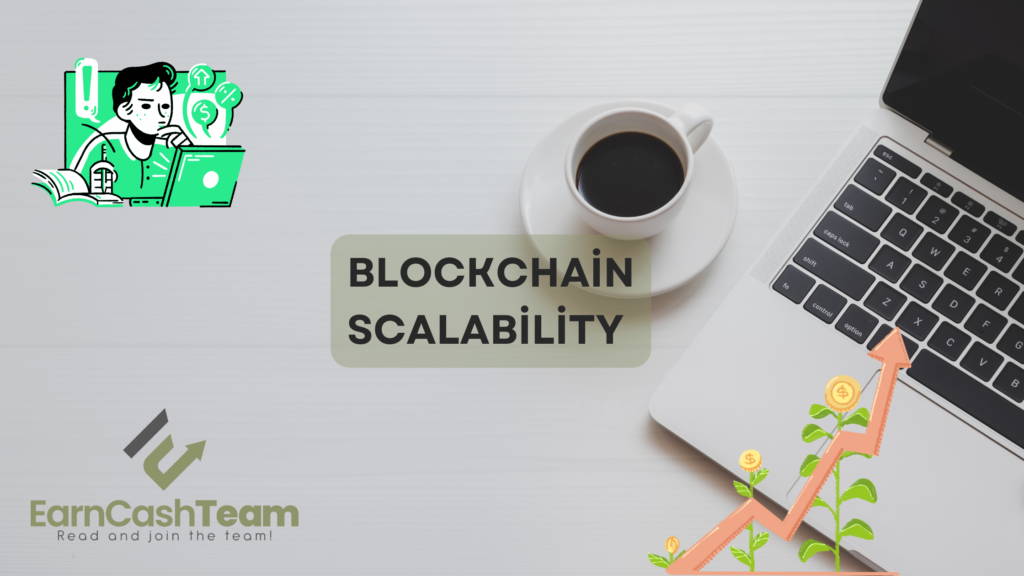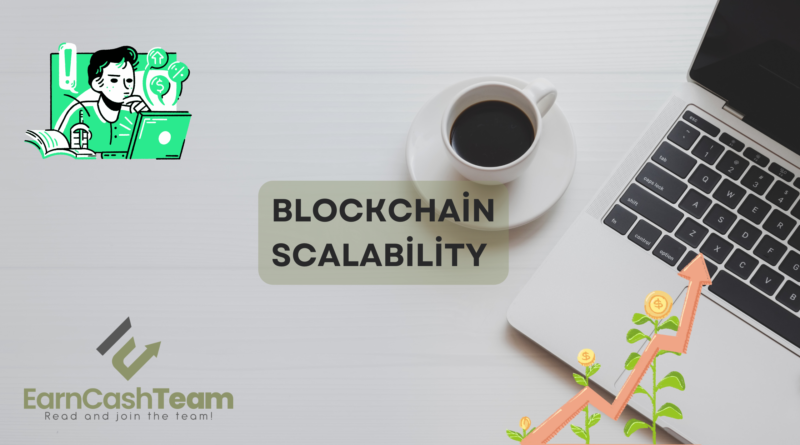Blockchain Scalability – Tackling the Challenges of a Growing Network
Blockchain’s incapability of handling high transaction volumes is one of the primary obstacles to widespread adoption across industries, and this article offers several possible solutions to overcome it.
Scalability in the context of blockchain refers to a complex set of interdependent factors, with transaction throughput being perhaps its most prominent element. This article covers various onchain and offchain scaling solutions.
You can also find out other tips about blockchain and banking with us!

Layer 1 Solutions
Blockchains must be capable of processing a large volume of transactions without becoming slower, congested or crashing the computers they run on. To address this challenge, developers have developed numerous solutions that make Blockchains more scalable.
Some solutions, known as Layer 1 solutions, make direct changes to the blockchain network architecture or mechanisms directly, such as Sharding, SegWit or hard forks.
Layer 2 solutions operate atop of blockchain networks to facilitate transaction processing, such as sidechains or state channels.
Off-chain solutions offer the promise of improving scalability; however, they may also create additional issues. They could raise costs associated with onboarding new users to the blockchain network and raise privacy issues; not being sufficiently decentralized may even pose security threats – this dilemma must be balanced when developing any solution to improve scalability.
Layer 2 Solutions
Layer 2 solutions are add-on frameworks designed to expand and improve an existing blockchain network’s capabilities and efficiency, alleviating its high transaction costs and congestion by shifting data processing off-chain.
State channels are an iconic layer 2 solution, providing users with an avenue for off-chain transactions before reporting back the result to layer 1 blockchains for validation. Other examples of layer 2 solutions include plasma chains and rollups.
Layer 2 solutions can also help boost transaction speeds and lower gas fees by taking bundles of transactions off-chain and then merging them onto the layer 1 blockchain in batches. This approach allows more transactions to be processed without compromising security or decentralization – effectively helping solve the scalability trilemma.
Layer 3 Solutions
Scalability research has led to the creation of off-chain or layer 2 scaling methods, also known as layer 2 solutions, which are dependent on changes to the primary blockchain network, but successful scaling solutions exist which work around these constraints – for instance state channels and off-side chains as examples of such protocols that serve to “offload” transactions from this primary ledger thereby freeing up space and decreasing network congestion.
Public blockchain platforms that aim to achieve high transaction throughput require massive computing power, fast Internet connectivity and large storage capacities; as a result, effective scalability solutions have become an increasingly sought-after commodity.
Popular options to address this problem at the layer-1 level include Sharding and Segregated Witness (SEGWIT), which focus on changing how data is stored on a blockchain, particularly by eliminating signature data which currently occupies 70% of a block’s storage space thereby providing more room for transaction data storage.
Layer 4 Solutions
Layer 4 of the OSI model, also referred to as Transport, is responsible for transporting data between networks. Messages are broken up into smaller segments before being assigned port numbers and sequence numbers to ensure accurate delivery of messages at their intended destinations.
Layer 4 also regulates how much data can be transmitted at one time and ensures messages arrive in their proper order, much like how a delivery service ensures your mail arrives promptly. For instance, if your laptop can handle transmitting 100Mbps while another person’s phone can only manage 10Mbps transmission rate, layer 4 may lower transmission speeds accordingly.
Layer 4 network security solutions encrypt and compress data, identify communication partners, provide error recovery capabilities, as well as traffic distribution via load balancers that use limited network information such as application ports/protocol (TCP/UDP) to select the most appropriate source server for each request.




